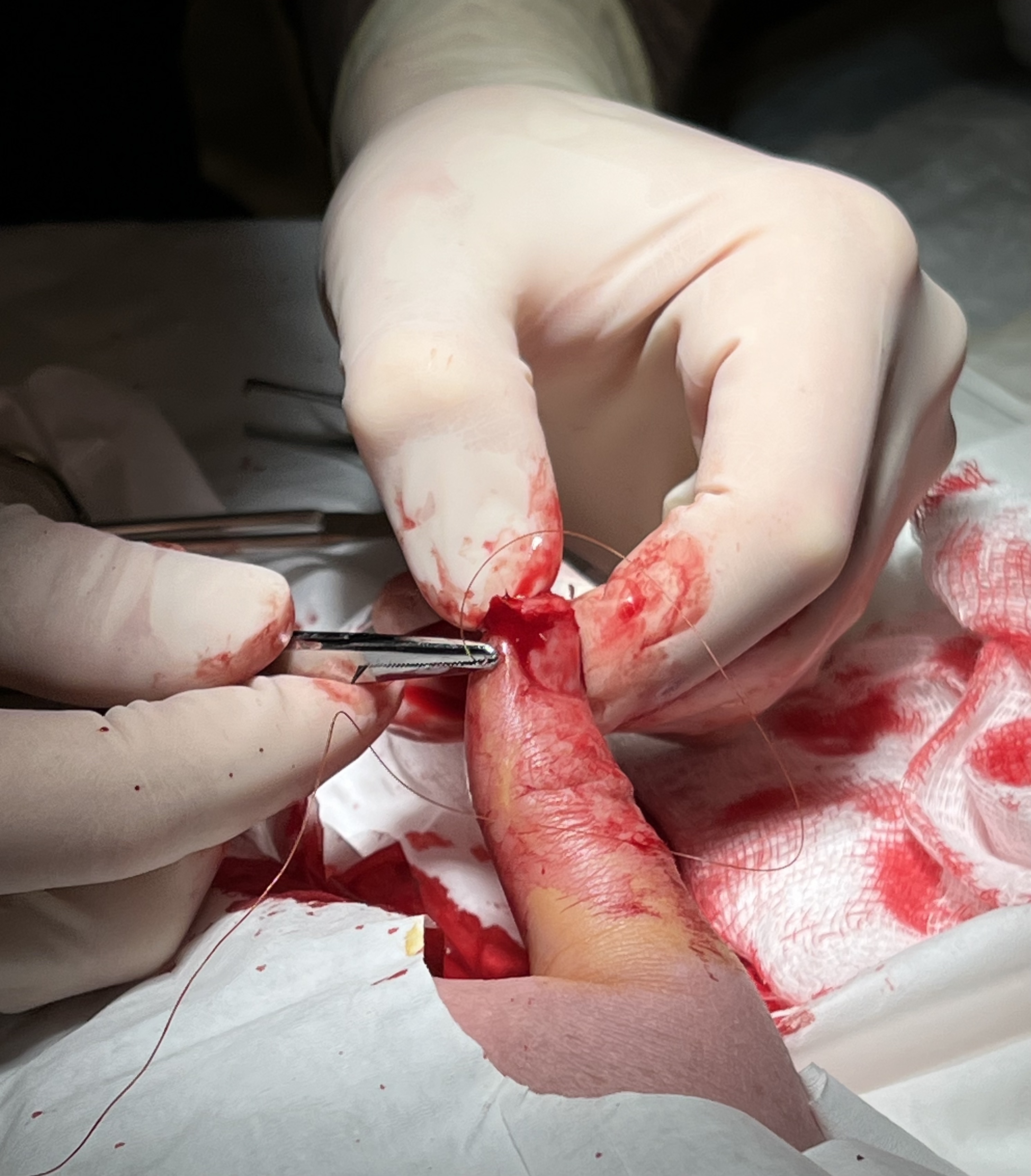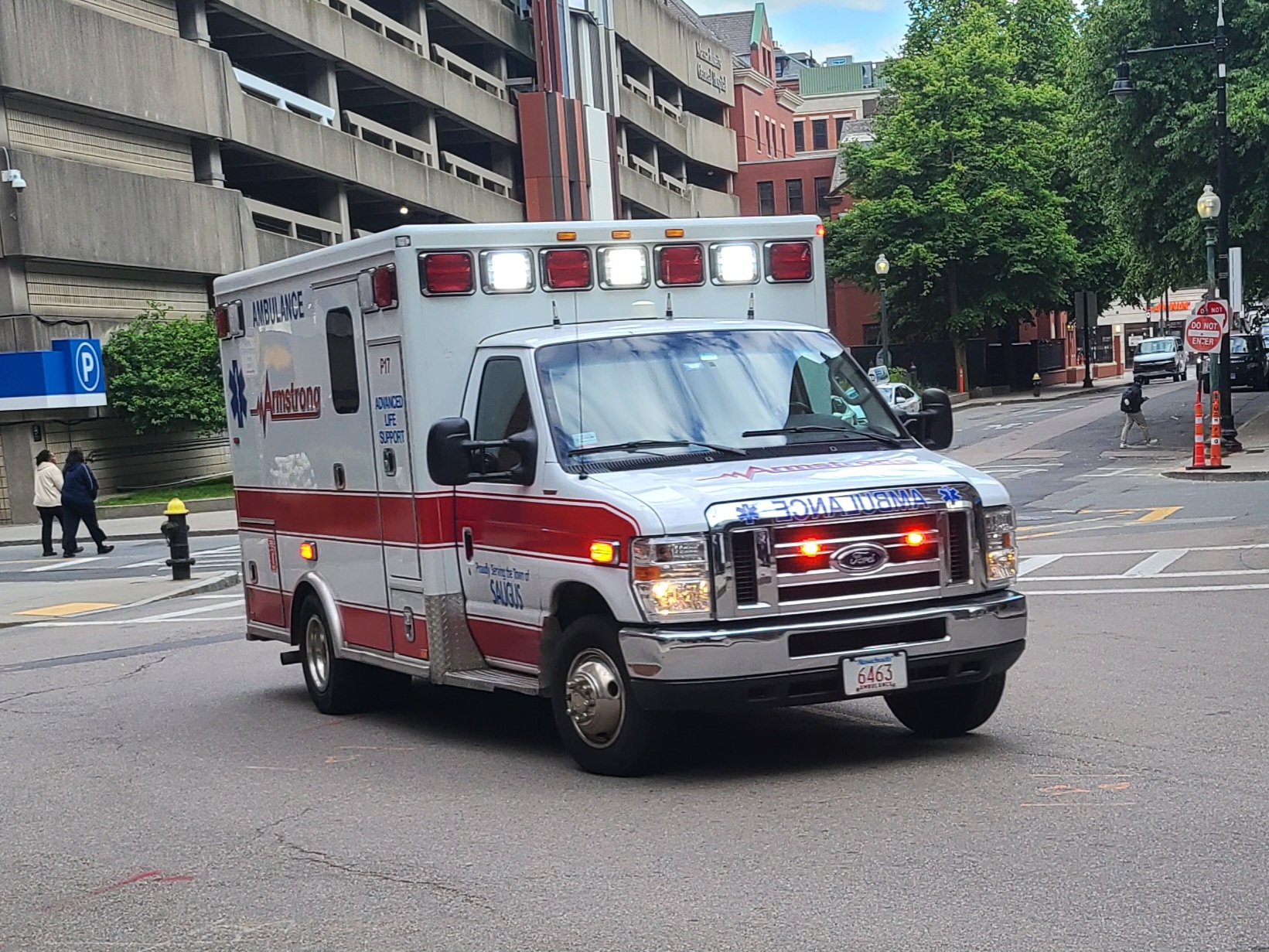|
Remote Area Nurse
{{For, the television series, RAN Remote Area Nurse (television) A Remote Area Nurse (RAN) is a nurse working in remote or isolated areas of Australia, where population density and remoteness preclude the provision of permanent doctors. A RAN may be employed in various settings, including remote indigenous communities, mine sites and remote townships. Scope of practice RANs are considered generalists within their practice. They are expected to be able competently to assess and provide clinical care across the life spectrum, from birth through to death, and be able to assess and treat a wide range of medical conditions effectively. As a RAN's work location may be isolated and remote, and may have limited or non-existent medical support, they often assume an extended scope of practice. Skills may include advanced life support (ALS), prescription and supply of medicines, suturing, child birth, nurse immuniser status, performing x-rays, provision of ambulance services including receivi ... [...More Info...] [...Related Items...] OR: [Wikipedia] [Google] [Baidu] |
Australia
Australia, officially the Commonwealth of Australia, is a country comprising mainland Australia, the mainland of the Australia (continent), Australian continent, the island of Tasmania and list of islands of Australia, numerous smaller islands. It has a total area of , making it the list of countries and dependencies by area, sixth-largest country in the world and the largest in Oceania. Australia is the world's flattest and driest inhabited continent. It is a megadiverse countries, megadiverse country, and its size gives it a wide variety of landscapes and Climate of Australia, climates including deserts of Australia, deserts in the Outback, interior and forests of Australia, tropical rainforests along the Eastern states of Australia, coast. The ancestors of Aboriginal Australians began arriving from south-east Asia 50,000 to 65,000 years ago, during the Last Glacial Period, last glacial period. By the time of British settlement, Aboriginal Australians spoke 250 distinct l ... [...More Info...] [...Related Items...] OR: [Wikipedia] [Google] [Baidu] |
Suturing
A surgical suture, also known as a stitch or stitches, is a medical device used to hold Tissue (biology), body tissues together and approximate wound edges after an injury or surgery. Application generally involves using a Sewing needle, needle with an attached length of thread (yarn), thread. There are numerous types of suture which differ by needle shape and size as well as thread material and characteristics. Selection of surgical suture should be determined by the characteristics and location of the wound or the specific body tissues being approximated. In selecting the needle, thread, and suturing technique to use for a specific patient, a medical care provider must consider the tensile strength of the specific suture thread needed to efficiently hold the tissues together depending on the mechanical and shear forces acting on the wound as well as the thickness of the tissue being approximated. One must also consider the elasticity of the thread and ability to adapt to differe ... [...More Info...] [...Related Items...] OR: [Wikipedia] [Google] [Baidu] |
X-ray
An X-ray (also known in many languages as Röntgen radiation) is a form of high-energy electromagnetic radiation with a wavelength shorter than those of ultraviolet rays and longer than those of gamma rays. Roughly, X-rays have a wavelength ranging from 10 Nanometre, nanometers to 10 Picometre, picometers, corresponding to frequency, frequencies in the range of 30 Hertz, petahertz to 30 Hertz, exahertz ( to ) and photon energies in the range of 100 electronvolt, eV to 100 keV, respectively. X-rays were discovered in 1895 in science, 1895 by the German scientist Wilhelm Röntgen, Wilhelm Conrad Röntgen, who named it ''X-radiation'' to signify an unknown type of radiation.Novelline, Robert (1997). ''Squire's Fundamentals of Radiology''. Harvard University Press. 5th edition. . X-rays can penetrate many solid substances such as construction materials and living tissue, so X-ray radiography is widely used in medical diagnostics (e.g., checking for Bo ... [...More Info...] [...Related Items...] OR: [Wikipedia] [Google] [Baidu] |
Ambulance
An ambulance is a medically-equipped vehicle used to transport patients to treatment facilities, such as hospitals. Typically, out-of-hospital medical care is provided to the patient during the transport. Ambulances are used to respond to medical emergencies by emergency medical services (EMS), and can rapidly transport paramedics and other first responders, carry equipment for administering emergency care, and transport patients to hospital or other definitive care. Most ambulances use a design based on vans or pickup trucks, though others take the form of motorcycles, buses, hearses, aircraft and boats. Ambulances are generally considered emergency vehicles authorized to be equipped with emergency lights and sirens. Generally, vehicles count as an ambulance if they can transport patients. However, it varies by jurisdiction as to whether a non-emergency patient transport vehicle (also called an ambulette) is counted as an ambulance. These vehicles are not usual ... [...More Info...] [...Related Items...] OR: [Wikipedia] [Google] [Baidu] |
Laryngeal Mask Airway
A laryngeal mask airway (LMA), also known as laryngeal mask, is a medical device that keeps a patient's airway open during anaesthesia or while they are unconscious. It is a type of supraglottic airway device. They are most commonly used by anaesthetists to channel oxygen or inhalational anaesthetic to the lungs during surgery and in the pre-hospital setting (for instance by paramedics and emergency medical technicians) for unconscious patients. A laryngeal mask is composed of an airway tube that connects to an elliptical mask with a cuff which is inserted through the patient's mouth, down the windpipe, and once deployed forms an airtight seal on top the glottis (unlike tracheal tubes which pass through the glottis) allowing a secure airway to be managed by a health care provider. The laryngeal mask was invented by British anaesthesiologist Archibald Brain in the early 1980s, and in December 1987 the first commercial laryngeal mask was made available in the United Kingdom. T ... [...More Info...] [...Related Items...] OR: [Wikipedia] [Google] [Baidu] |
Intubation
Intubation (sometimes entubation) is a medical procedure involving the insertion of a tube into the body. Most commonly, intubation refers to tracheal intubation, a procedure during which an endotracheal tube is inserted into the trachea to support patient ventilation. Other examples of intubation include balloon tamponade using a Sengstaken–Blakemore tube (a tube into the gastrointestinal tract), urinary catheterization, and nasogastric intubation using a feeding tube. Types of Intubation and Their Indications Tracheal Intubation Tracheal intubation is a procedure involving the placement of an endotracheal tube into a patient’s windpipe, also known as the trachea. This procedure may be done to treat either emergent or non-emergent conditions. Examples of emergent conditions include airway compromise, respiratory failure, allergic reactions, and trauma. An example of a non-emergent condition where tracheal intubation is performed includes surgery, during which an indi ... [...More Info...] [...Related Items...] OR: [Wikipedia] [Google] [Baidu] |
Cricothyroidotomy
A cricothyrotomy (also called cricothyroidotomy or laryngotomy) is a medical procedure where an opening is created through the cricothyroid membrane to establish a patent airway during emergency airway management. Cricothyrotomy is primarily performed as the last step in airway management algorithms in cases where an airway cannot be established by other means of nasal or oral tracheal intubation. These situations, often referred to as "cannot intubate, cannot ventilate" (CICV) or "cannot intubate, cannot oxygenate" (CICO), are commonly seen as a result of airway obstruction, angioedema, trauma, burns, or abnormal anatomy. Multiple types of cricothyrotomy may be considered for emergency surgical airway management, including surgical cricothyrotomy and needle cricothyrotomy. Surgical cricothyrotomy is performed by inserting a large-bore tube through an opening in the cricothyroid membrane created via incision or using the Seldinger technique. Needle cricothyrotomy is performed by ... [...More Info...] [...Related Items...] OR: [Wikipedia] [Google] [Baidu] |
Nursing In Australia
Nursing in Australia is a healthcare profession. Nurses and midwives form the majority (54%) of Australian health care professionals. Nurses are either registered or enrolled. Registered nurses have broader and deeper education than enrolled nurses. Nurse practitioners complete a yet higher qualification. Nurses are not limited to working in hospitals, instead working in a variety of settings. Beyond hospitals, nurses also work in aged-care facilities, schools, and correctional services where they can apply their practice to aid those in need. Additionally, Australian nurses are in demand as traveling nurses, particularly those with advanced qualifications to work in remote regions where healthcare is scarce. Registered Nurses may undertake postgraduate specialist courses, enabling extended practice from areas as diverse as specialist inpatient care to roles in the community, including primary health provision, public health, and research. Nurse compensation and working conditi ... [...More Info...] [...Related Items...] OR: [Wikipedia] [Google] [Baidu] |




